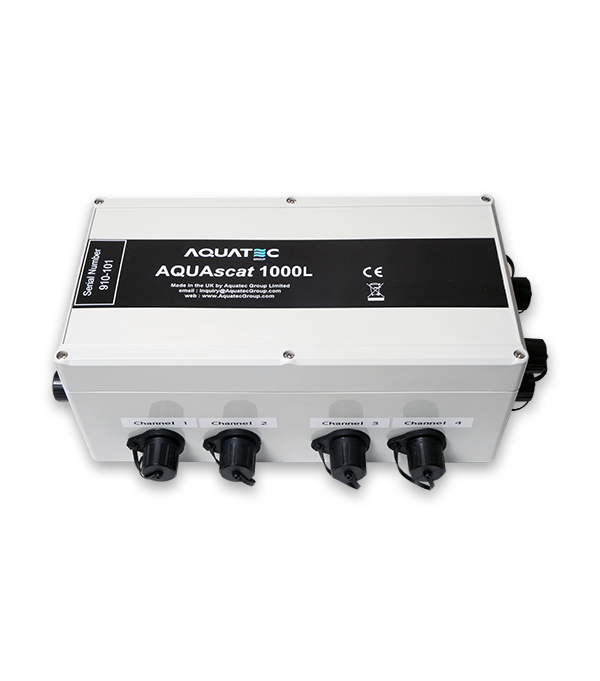
Suspended sediment in the lab
Ideal for laboratory based sediment research
The AQUAscat® 1000L represents a new generation of high frequency acoustic instrumentation. It has applications in sediment transport studies, including measurement of suspended sediment profiles, precision altimetry, dredge plumes and turbulence.
The AQUAscat transmits pulses of high frequency sound on up to four transducers, each of which may operate at a different frequency. It measures the sound scattered by sediment or other suspended materials at discrete spatial intervals programmable from 2½ millimetres to 4 centimetres.
Applications
AQUAscat 1000L Lab Model
Key features
- The AQUAscat 1000L can observe profiles of up to 10 m.
- With the AQUAscat 1000L, you can choose between 7 frequencies (300 kHz, 500 kHz, 1 MHz, 2 MHz, 2.5 MHz, 4 MHz and 5 MHz) and benefit from having the most appropriate frequencies for your research. The instrument can use up to 4 frequencies at a time.
- With a plastic weatherproof case, the AQUAscat 1000L is designed to enable effective sediment research in the laboratory.
- The AQUAscat 1000L is supplied with up to 4 cabled transducers (that measure 4 m in length) to give greater flexibility in your research.
- Aquatec offer an optional turbidity sensor that can be integrated with the AQUAscat 1000L. This provides a separate single point measurement of turbidity, giving optical measurements as well as acoustic.
- Also available are cabled temperature and pressure sensors.
The AQUAscat 1000 range
Effective profiling of SSC
- AQUAscat 1000 technologies can observe profiles of suspended sediment concentration over a series of depths within a water column to give you valuable knowledge on the sediment processes taking place.
- Profiles can be observed at a single location to produce a time series, or transects taken to observe spatial variability.
- Profiling can be done horizontally or vertically depending on your choice of deployment.
- Profiles of SSC can provide information on sediment processes, including motion under wave, tides and currents. Applications include research, coastal zone management and flood risk management. Profiles can provide more information on dredge plumes to assist operational decisions, habitat protection and regulatory compliance.
Multiple frequencies
- Using multiple frequencies, the AQUAscat 1000 range allows you to determine the mean grain size and concentration of suspended materials.
- The instrument is most suitable for particle sizes between 20 μm and 500 μm radius and concentrations of 0.01 g/l to 20 g/l over 1 m, or more over a shorter range.
Use in all water environments
- The AQUAscat 1000 can monitor sediment in both freshwater and marine water environments, including:
- Estuaries
- Coastal areas
- Rivers
- Lakes
- Oceans
- Polar regions
- Laboratory studies
Concerned about biofouling?
- Acoustic instruments have greater resistance to biofouling than optical instruments, therefore AQUAscat 1000 technologies are ideal for unattended deployments.
Effective data analysis with the AQUAscat Toolkit
- The acoustic backscatter data is post-processed and viewed using the AQUAscat Toolkit, which is supplied with every AQUAscat 1000 instrument.
- View the Acoustic BackScatter (ABS) data in different formats and apply bottom-detection and threshold algorithms to the data before it is processed to obtain suspended sediment concentration (SSC) profiles.
|
Sediment range |
Sensitive to a wide range of grain sizes |
|
Frequencies |
Up to 4 frequencies, from 500 kHz to 5 MHz |
|
Transducers |
Typically Ø10-25mm ceramic discs (beam width according to frequency), with other optional configurations. |
|
Transducer arrangement |
Individual cabled transducers |
|
Gain |
Software controlled transmitter and receiver gain adjustment |
|
Range |
150 cm (typical), up to 10 m at frequencies below 2MHz depending on options. |
|
Transmitted signal |
1 W rms typical transmit CW pulse, pulse length to match cell size. |
|
Transmission rate |
128 Hz max pulse rate for each frequency (i.e. 512 pulses per second for four), subject to acoustic range limits. Minimum rate 1 Hz for calibration. |
|
Data averaging |
Cell ensembles averaged over time by powers of 2 up to 64 before storage |
|
Range cells |
256 cells. 2.5 mm, 5 mm, 10 mm, 20 mm and 40 mm at 1500 m/s speed of sound. Start/end range set by software |
|
Burst duration |
Defined by number of profiles requested |
|
Burst trigger |
Either external hardware trigger when required or internal software trigger at regular intervals |
|
Burst interval |
Internally generated from once every minute to once every 255 minutes, user definable start time of first burst. |
|
Trigger output |
A digital output allows triggering of external instruments |
|
Power requirement |
12V power supply |
|
Additional sensors |
Cabled turbidity, temperature, pressure |
|
Disk storage |
Compact Flash (proprietary format). 2 GB standard. |
|
Data comms |
RS232 up to 115 kbaud; USB 1.1 typically 2-3 Mbaud |
|
Housing options |
Plastic IP68 weatherproof instrument case |
Literature
- Buyer's Guides
- Datasheets
- Infographics
- Application Notes
AQUAscat 1000 Buyer's Guide
AQUAscat 1000L Datasheet
AQUAscat 1000 - The Range
AQUAscat 1000 range - Key Features
Acoustic Backscatter
Monitoring Sediment Processes Using the AQUAscat for Hydropower Applications
Q:Can the instrument be used with 2 sensors of the same frequency?
A: Yes. The selection of transducers will depend on your research and what you are looking to measure. Please contact us with details and we will advise you of the most suitable selection.
Q:How do I know which transducers to select?
A: The selection of transducers will depend on your research and what you are looking to measure. Please contact us with details and we will advise you of the most suitable selection.
Q:I want to deploy the instrument in proximity to other instrumentation - will there be any interference between the signals?
A: Care should be taken in placing acoustic instruments of the same frequency as interference can occur. Please contact us with details and we can provide deployment advice.
Q:How do you trigger the instrument to start logging?
A: The software provided with the instrument allows you to set a start time for sampling. Alternatively, the AQUAscat can be triggered by third party instruments via a trigger cable.
Q:Can I deploy the instrument in the surf zone?
A: As an acoustic instrument, the AQUAscat is sensitive to entrained bubbles within the water column. If used in the surf zone where bubbles are prolific, the instrument will not be able to distinguish them from suspended sediment particles.
Our Product Range
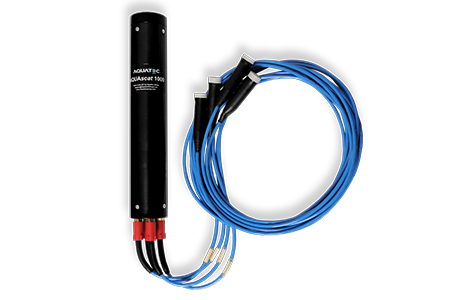 AQUAscat®
AQUAscat®
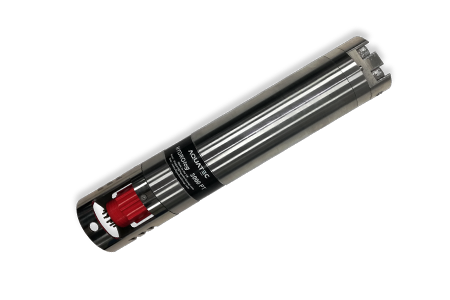 HYDRO 3000
HYDRO 3000
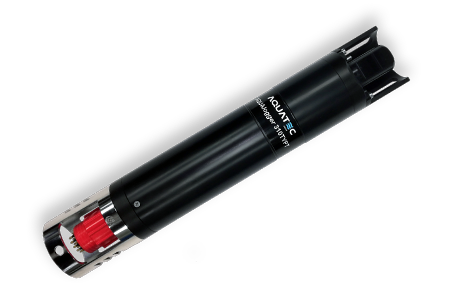 AQUAlogger®
AQUAlogger®
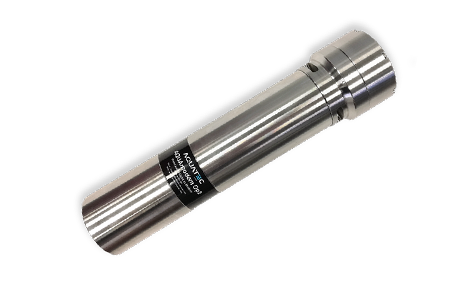 AQUAmodem®
AQUAmodem®
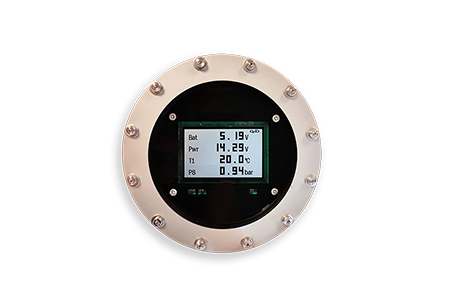 ROV/Diver
ROV/Diver
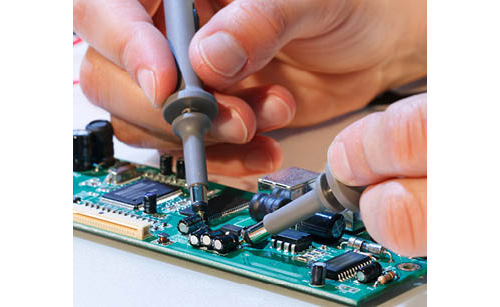 Custom Design
Custom Design
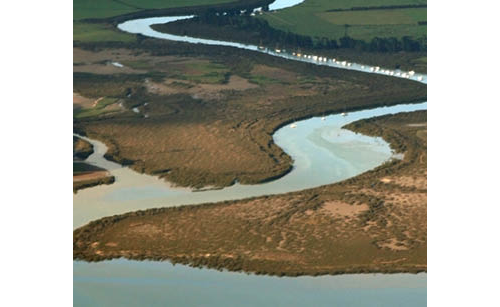 Sediment
Sediment
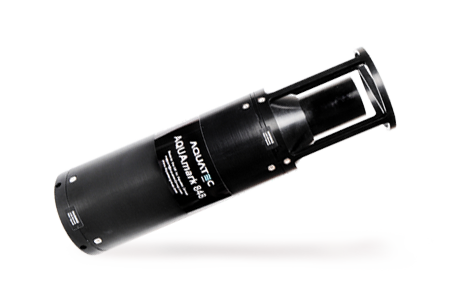 AQUAmark®
AQUAmark®
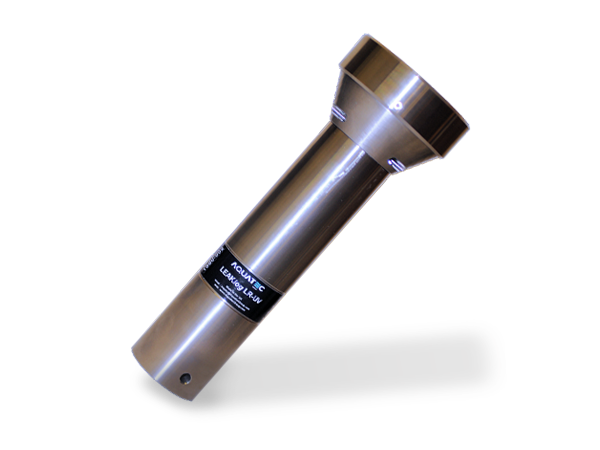 LEAKlog
LEAKlog